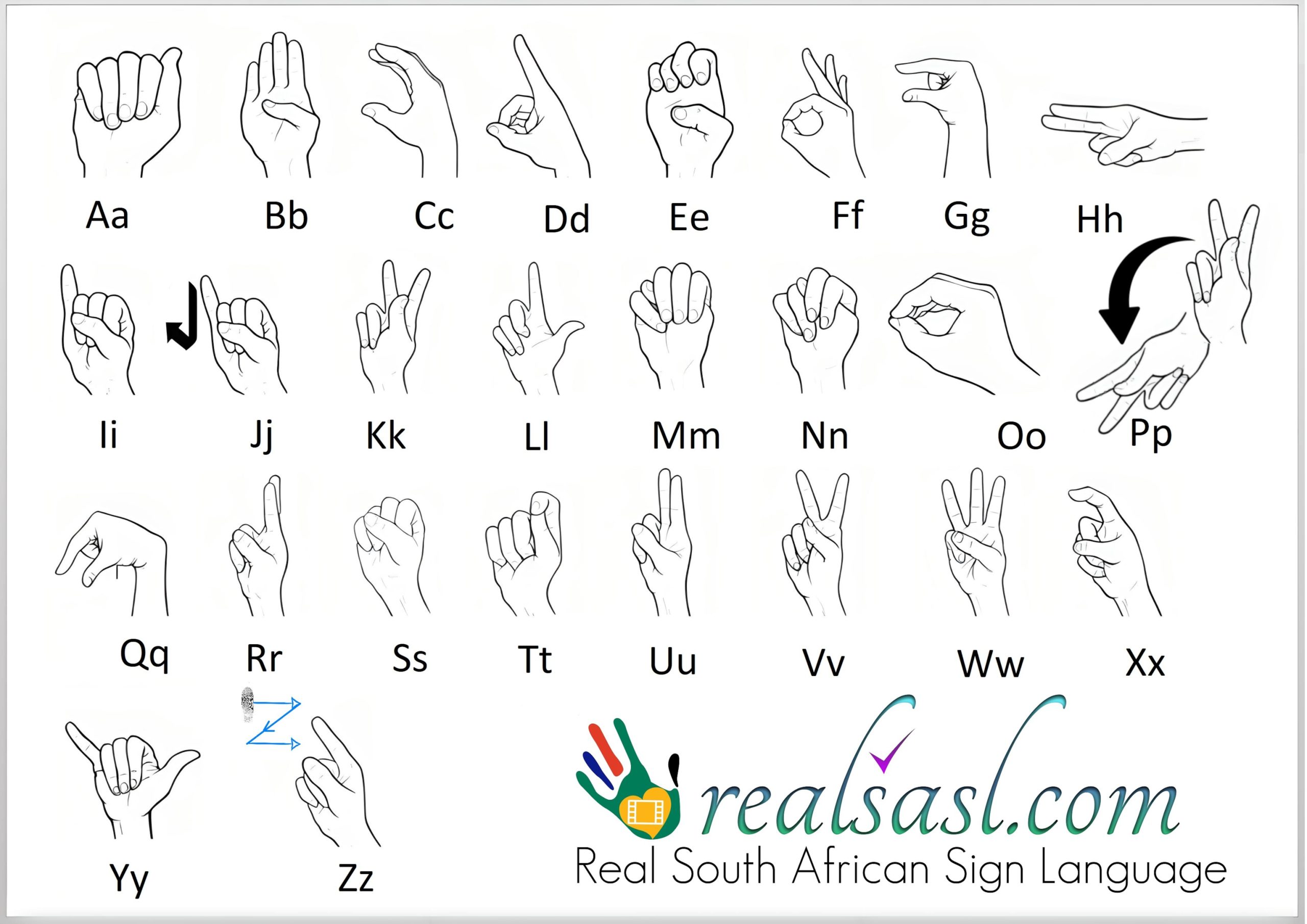Sign Language Alphabets in the World
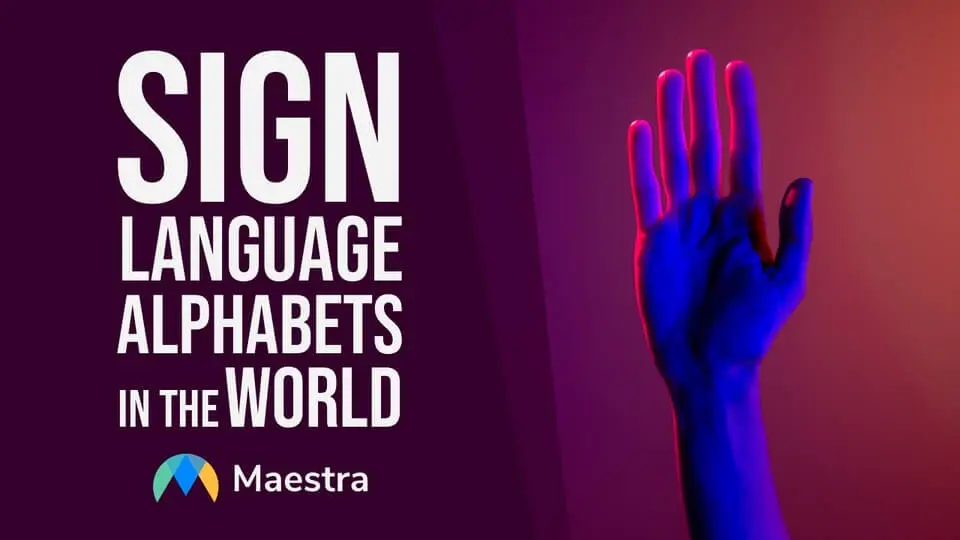
Differences and Similarities
Before talking about different sign language alphabets around the world, let's understand how sign language alphabets are developed and how they differ. Sign language alphabets are born from deaf communities. And like spoken language, different language alphabets emerge from various sign language families. Therefore, a person in Ghana saying "Hello" through sign language uses different motions and facial expressions than someone saying "Hello" in South Korea. Also, if two individuals are from English-speaking countries, their sign language might still differ. For example, an American citizen will have an easier time communicating with a French citizen through sign language, because ASL (American Sign Language) originated from LSF (French Sign Language).International Sign
Differences between alphabets and dialects necessitated a common alphabet, which created IS (International Sign). IS is used in international conferences where individuals from around the world gather, like the European Union of the Deaf. However, IS isn't exactly a universal sign language, contrary to its name. It doesn't allow advanced conversations as it isn't as detailed as other sign languages. . In fact, there is no universal sign language as of today.Fingerspelling
Learning sign language usually begins by learning the alphabet in sign form. Using sign language to indicate letters is called fingerspelling. Different alphabets use different signs to indicate letters. Some alphabets use two-handed signs and others use one-handed signs. For example, two-handed signs are used in British Sign Language, New Zealand Sign Language and Ausland Sign Language, which is the Australian Sign Language. These languages together are called the BANZSL Language Family. Another alphabet that uses two hands is the Turkish Sign Language. When signing with two hands, one hand is considered the dominant hand and the other is considered the subordinate hand. The latter usually performs a simpler or an identical movement. The dominant hand is stationed above or alongside the subordinate hand, and it indicates letters with signs. One-handed fingerspelling is used in American Sign Language (ASL) and French Sign Language (LSF).American Sign Language (ASL)
The most used sign language in the world is the American Sign Language. Naturally, it is the dominant sign language used in the United States of America. It is a complete and detailed sign language that uses both manual and nonmanual features. Nonmanual features or nonmanual signals are elements of sign language that do not include hand movements such as facial expressions, eyebrow movement, head tilting and body shifting. They are used to modify verbs, adjectives and other adverbs. As we stated before, ASL has the same alphabet as English, but it is descended from Old French Sign Language. So the words are not expressed the same way they are expressed in the spoken language of English.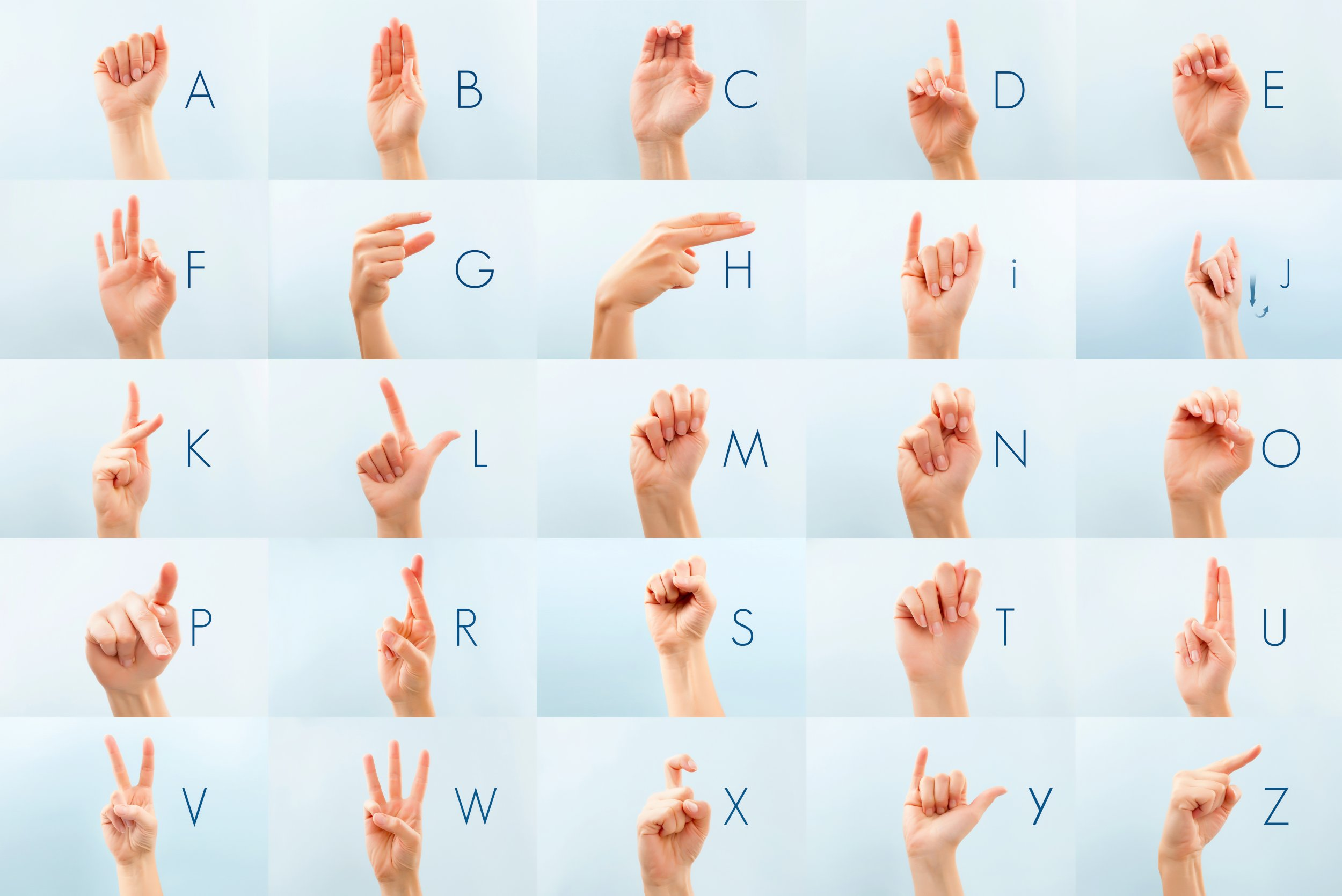
French Sign Language (LSF)
French Sign Language, or Langues des Signes Française in French, is the sign language of deaf communities in France or in French-speaking parts of Switzerland. There is an incredible story behind LSF. In 1760, Abbé Charles Michel de l'Epée was the teacher of deaf twin sisters. The sisters communicated with each other through signs and eventually, Abbé learned the signs. Then he founded the National Institute for the Deaf. But the LSF today was a result of the language progressing step by step throughout the years. Facial expressions are significant. For example, frowning indicated the posing of a question. Time can be indicated by the movement of the hands. The back of the shoulder signals the past and the front of the person signals the future. The language continues to grow every day, adding new words and being influenced by the French language.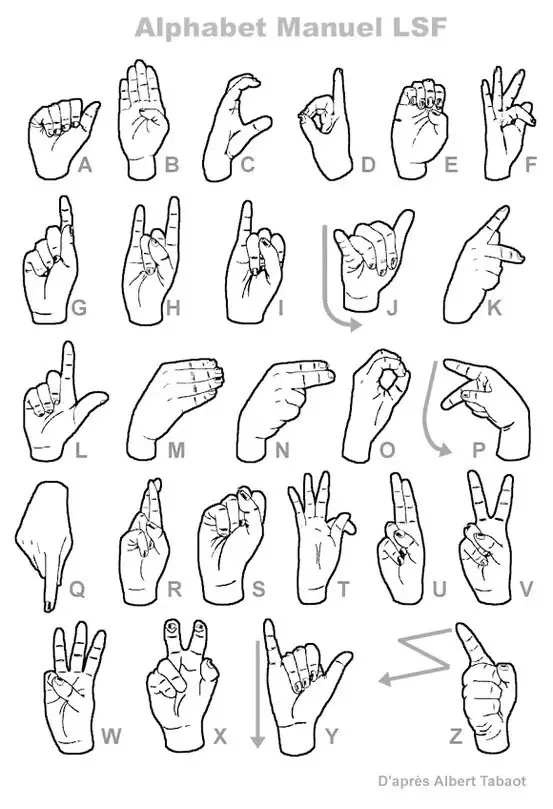
British Sign Language
British Sign Language is a rich language that is a combination of body language, facial expressions and hand movement. Historically, records of sign language can be seen in the 15th century. Until the 1940s, sign language was discouraged in schools and the students were forced to lip read. After many years of discrimination, BSL was officially recognized by the British government as a language in 2003. Different dialects of BSL exist in different regions. For example, some signs from Scotland might not be understood by a deaf person in England. BSL is also different from ASL or Irish Sign Language, even though they have similarities. BSL has its own grammar and a particular syntax. Which is how complex sentences are formed. It uses a topic-comment system where the topic is established, then the comment is made allowing a deeper conversation. BSL also shares its sign language with Australian Sign Language and New Zealand Language, forming the BANZSL Language Family, as we stated before.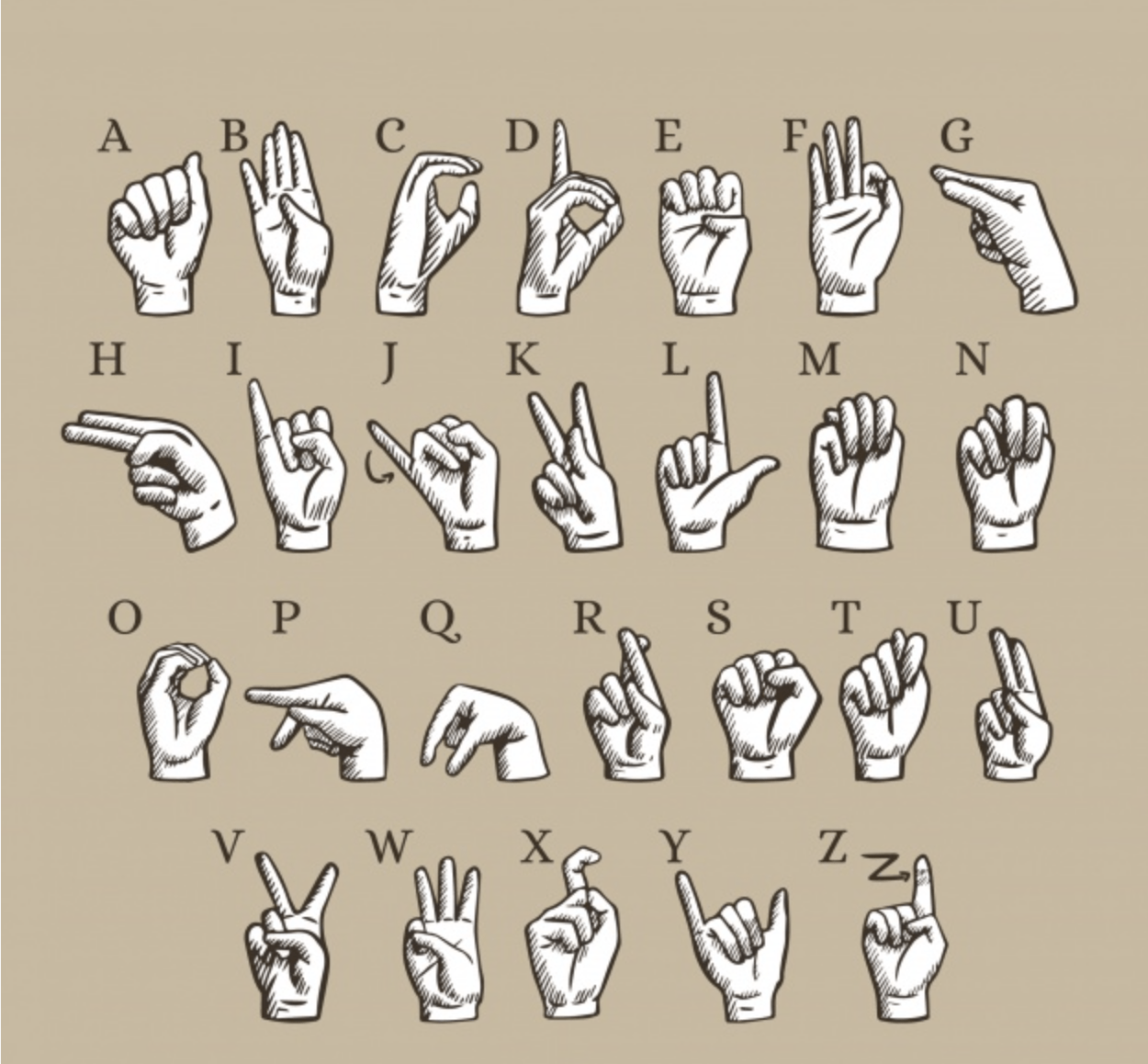
Spanish Sign Language
Even though there are multiple dialects and sign languages in Spain like Catalan Sign Language and Valencian Sign Language, Spanish Sign Language is used by the majority of the deaf community in Spain. Still, these languages are very similar. Spanish Sign Language also does not form sentences like the spoken language of Spanish, which is the case with most sign languages. It is related to LSF Family and can be traced back to the 16th century. However, Spanish did take the alphabet of Spanish spoken language which originated from the Latin alphabet.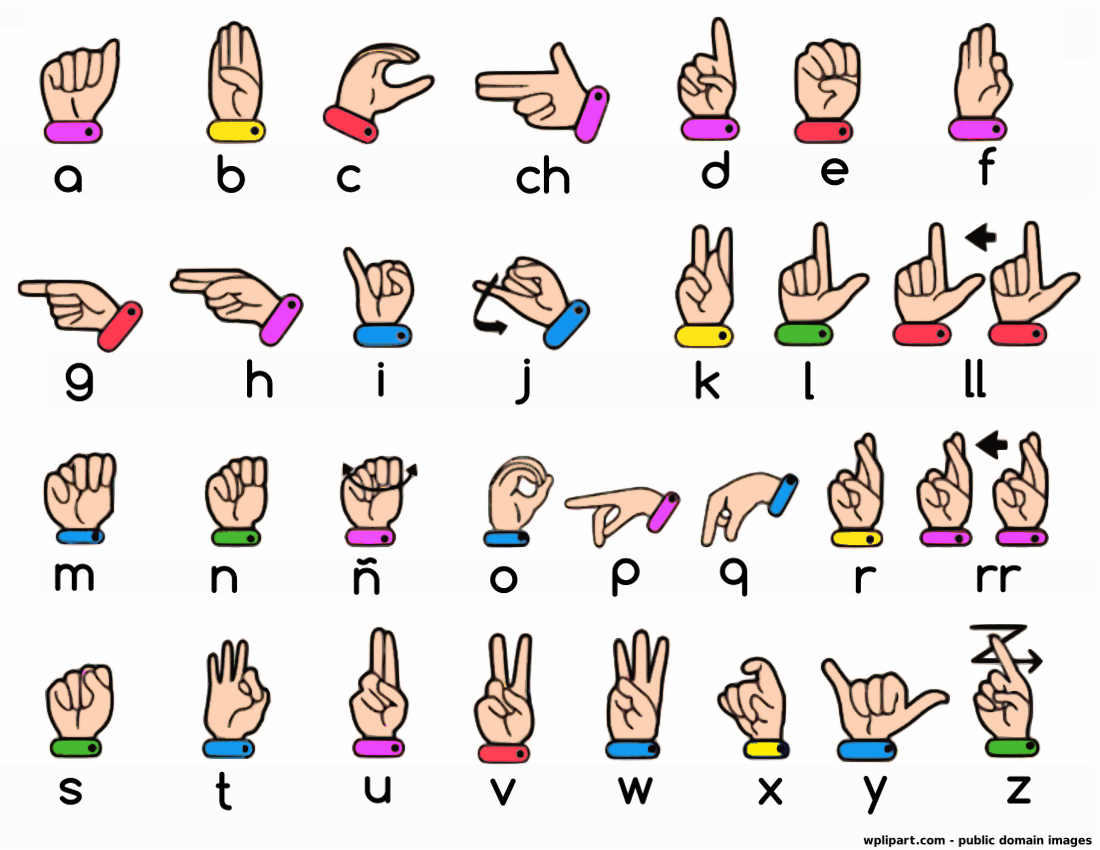
Chinese Sign Language
Chinese Sign Language has two dialects, a southern dialect that is influenced by LSF and a northern dialect that is influenced by ASL. But generally, CSL is heavily influenced by the Chinese spoken language. Information is conveyed through facial expressions alongside hand and body movements. The spelling is similar to Pinyin but Chinese fingerspelling was founded before it. The begging of a sign language in China can be traced back to 1887 when the first school for the deaf was established. Then, schools and farms with deaf individuals allowed this sign language to develop and become the language it is today.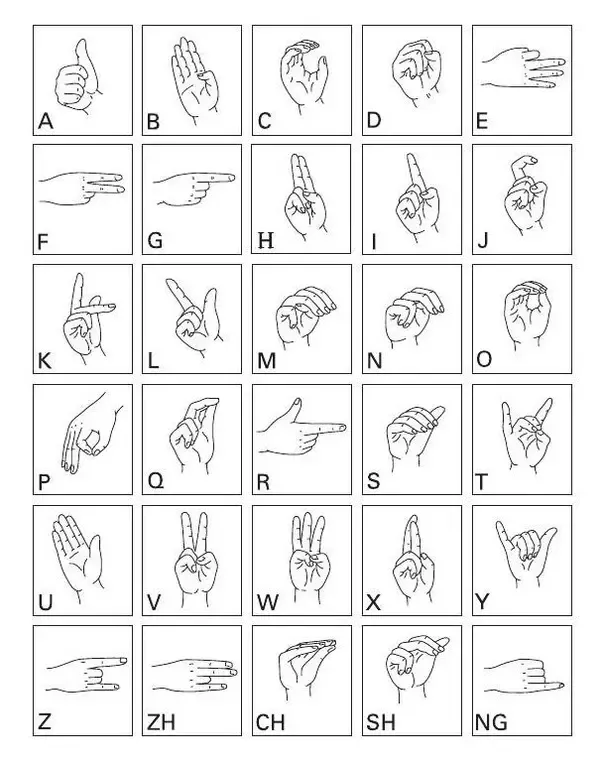
Arabic Sign Language
Arabic Sign Language is used by Arabic countries across the Middle East. Sentences are formed similar to the Arabic spoken language. It has taken some words from Europe and America. The shape and the position of the hand indicate the context. Facial expressions are used to enhance comprehension and specify the meaning. Plus, most signs are limited to nouns and verbs.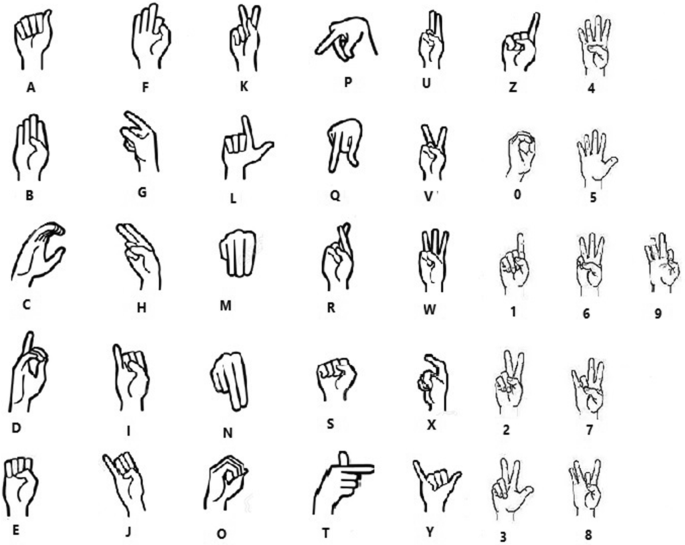
South African Sign Language
South African Sign Language is not the only manual language to be used in South Africa but it is being promoted as the primary language. ASL is also a language used in South Africa and we can see the influence of ASL on South African Sign Language. South Africa is one of the few countries that officially recognize a sign language. They also have a formal school curriculum for sign language. In general, verbs are signed last. Adjectives and adverbs always come after the nouns and verbs. Signs do not change from tense to tense. Tenses are indicated with the time sign at the beginning. Even though there are rules to the South African Sign Language, more research is needed to understand the details of this language that developed over many years.